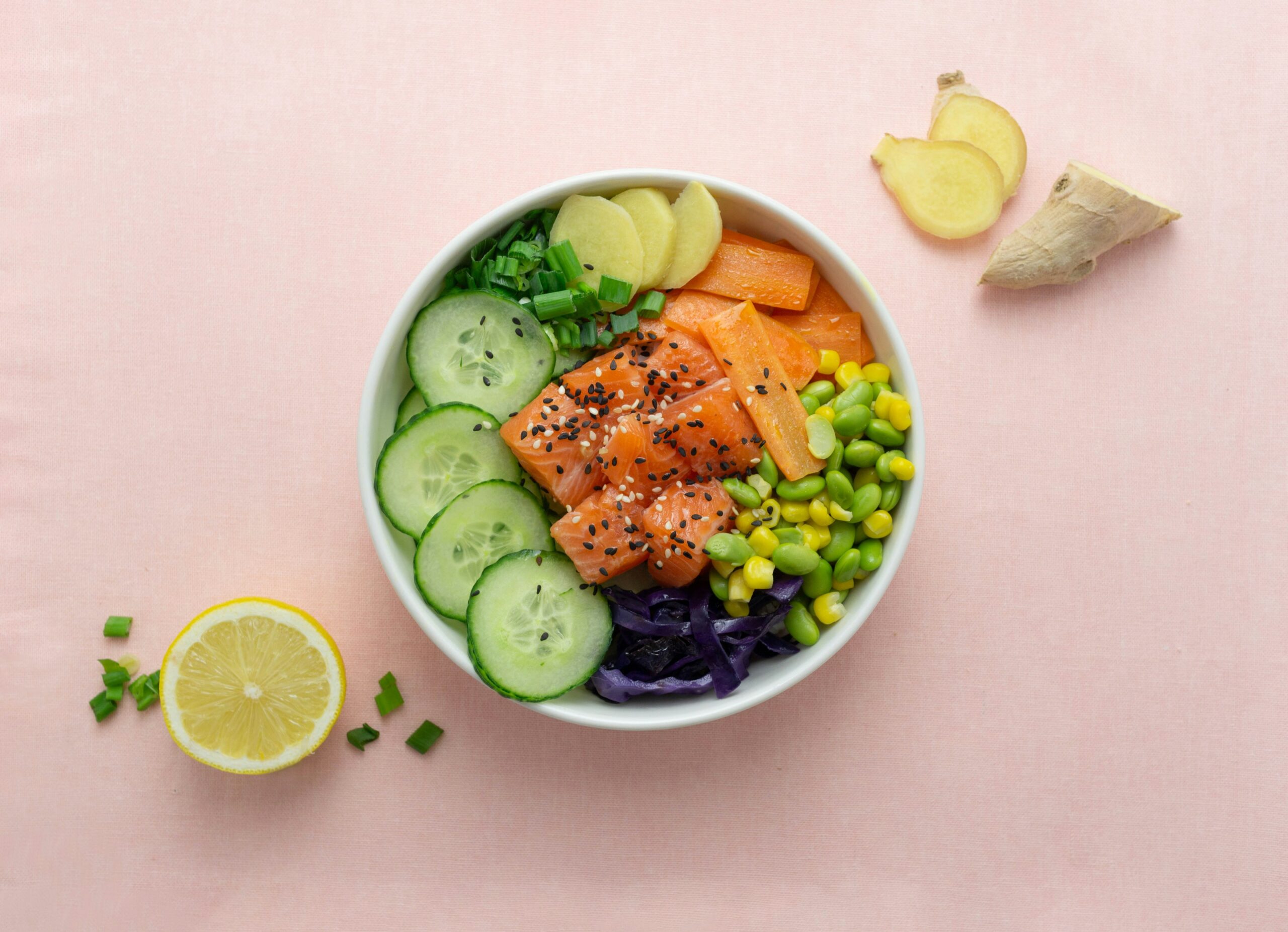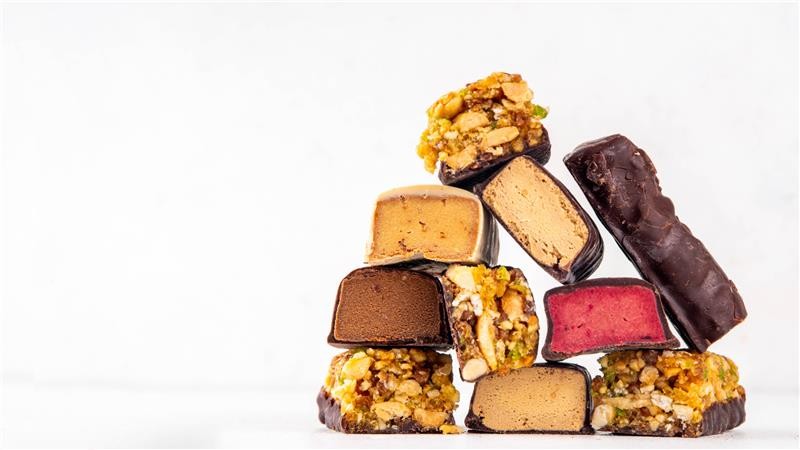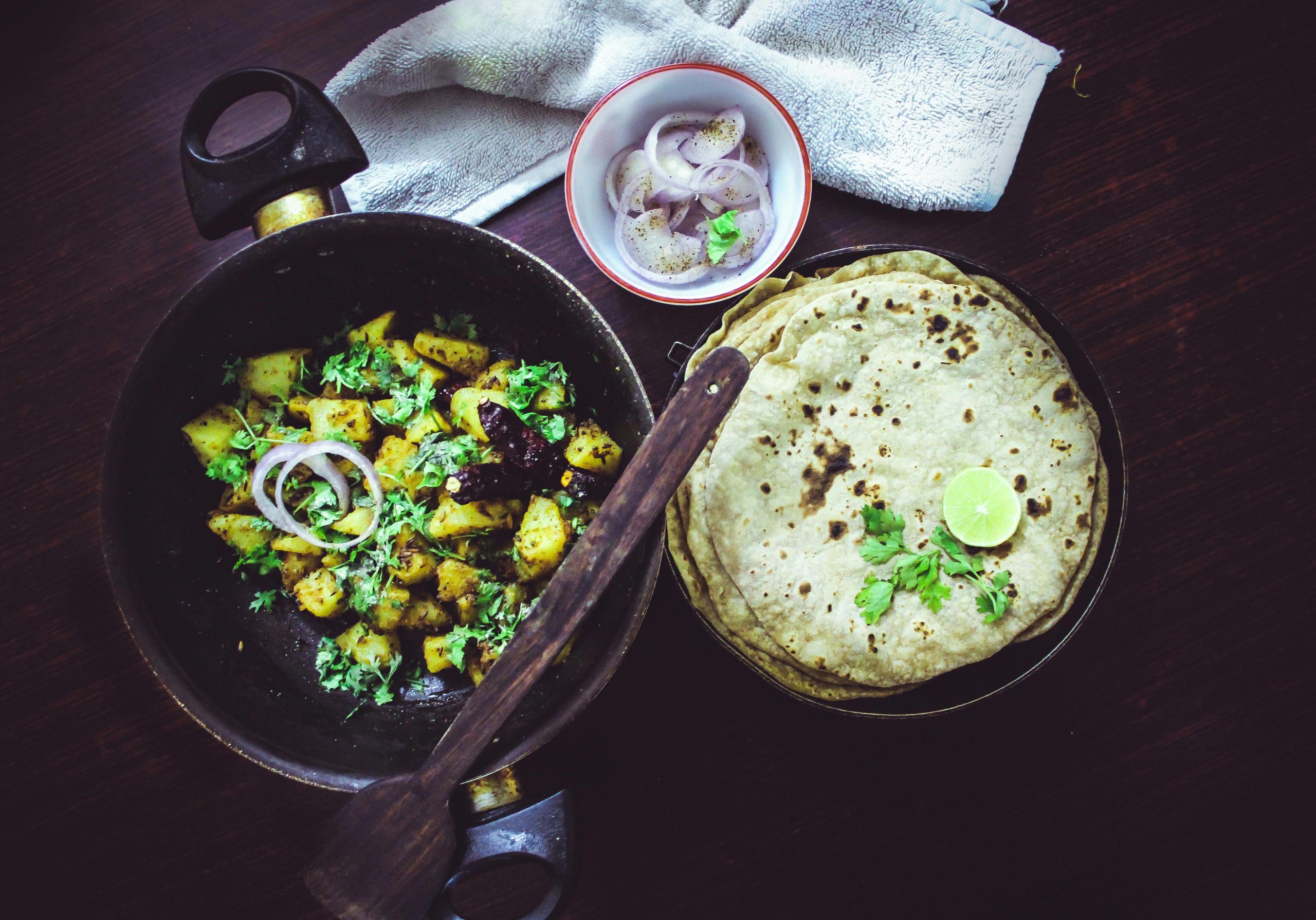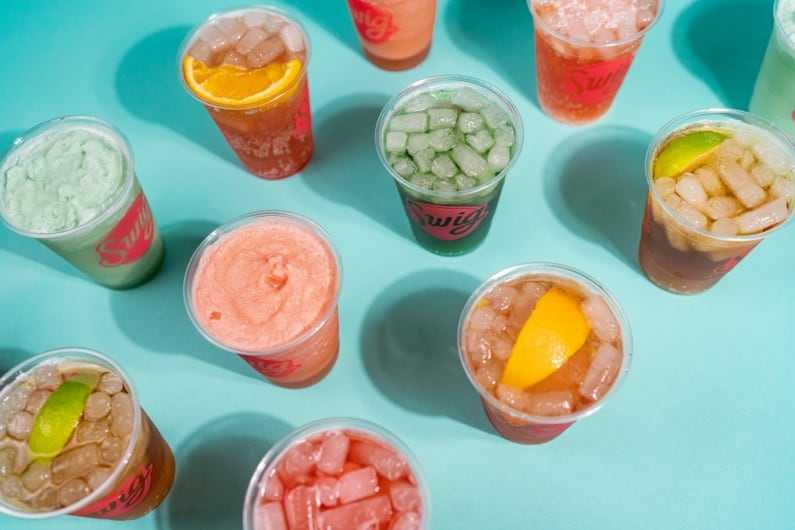American culture in the mainland U.S. is saying aloha to Hawaiian flavors and culinary traditions. Chefs and brands are digging deeper to uplift unique flavors and experiences.
The movement, primed by poké’s meteoric rise in 2016, continues to capture the palates of consumers who are now exploring dishes such as spam musubi and loco moco.
The enduring success of poké is likely thanks to its nutrient-dense versatility, as lean proteins and vegetables can be easily swapped, as well as recent consumer interest in globally inspired dishes. Hawaii’s latest exports, however, favor decadence over health, with some offering unique takes on American classics.
Hawaii-based L&L Hawaiian Barbecue’s growth is a testament to this trend, and its storied history. Having expanded from the island to the continental U.S. in 1999, the company brought Hawaiian barbecue to the new audience. Its menu emphasizes the multicultural tradition of these culinary practices which incorporate Hawaiian, Filipino, Japanese, Chinese, and Korean flavors as well as American and European offerings, Brandon T. Dela Cruz, marketing director at L&L, told The Food Institute.
Dela Cruz outlined some of the forces playing into the trend.
“The rise of Hawaiian barbecue across the U.S. has been fueled by a variety of factors: the early expansion of L&L into West Coast states, the migration of Hawaii residents to the mainland, increased celebration of Asian American, Native Hawaiian, Pacific Islander (AANHPI) cultures, and growing curiosity about island flavors,” he said.
“The advent of social media also helped spread the word, sparking even more interest.”
Since its continental foray, L&L now boasts a footprint of over 230 locations.
Menus Platform Hawaiian Flavors
Yelp recently evaluated search data to find that Hawaiian barbecue searches are up 88% since 2023 and Hawaiian mac salad increased an astonishing 523%. Further solidifying its position, L&L was named one of Yelp’s fastest-growing brands, driving a particular impact throughout Arkansas, Georgia, Nevada, and Texas. In 2025, the platform expects Hawaiian cuisine to continue to trend.
Yelp users are actively seeking local spots to experience the flavors of Hawaii.
“As the popularity of Hawaiian cuisine rises, restaurants nationwide are stepping up to meet this growing demand, with dishes like kalua pig appearing on more menus,” said Tara Lewis, Yelp’s Trends Expert.
“We anticipate that chefs may even experiment with innovative takes on these classic Hawaiian favorites, like the Hawaiian-Korean flavors of Broken Mouth in Los Angeles,” she added. The restaurant prides itself on dishes that celebrate each culinary tradition. Chef Tim Lee taps his Korean ancestry and Hawaiian upbringing to marry both cultures and offer Californians dishes like Hawaii’s Meat Jun, a staple Hawaiian-Korean fusion dish.
Research from MenuData shows that mainstream retailers also support the cuisine’s growth.
Bonefish Grill has an Ahi Tuna Poké on its menu, Dave & Buster’s has a Crispy Hawaiian Chicken Sandwich, and The Original Pancake House merchandises Hawaiian Pancakes made with a “hot tropical syrup.” For Hawaiian macaroni salad alone, availability is ubiquitous, at restaurants including Landin Mac & Cheese and Michou.
Hawaiian Cuisine Growth Motivators
More Hawaiians now live in the mainland U.S. than in Hawaii for the first time in history, according to the 2020 U.S. Census. The growing population may account for the budding interest in the region’s culinary delights.
Native Hawaiians and other Pacific Islanders were the fastest-growing communities in the U.S. from 2000 to 2022, marking a 120.3% increase, according to Axios analysis.
Another trend that complements the rise of Hawaiian cuisine is the fact that the “ethnic food market” is projected to grow dramatically in the next decade, expected to hit $106.5 billion by 2032, according to Prophecy Market Insights.
Myriad Hawaiian recipes strike the heart of emerging trends, propelling their cultural relevance. Island-born mochi donuts, an innovation on the Japanese rice-based sweet mochi, were developed in 1992; however, in recent years have grown in popularity.
“Since mochi donuts are a finger food that are made fresh, they seem to be popular to grab on the go in a casual restaurant setting,” founder and recipe developer of Just One Cookbook, Namiko Chen, told FI in a 2024 interview.
Moreover, despite consumer desire to look laterally for more diverse options, the poké bowl continues to prevail – its domestic menu penetration is estimated to be roughly 2.1% according to a 2024 report. Additionally, its market share is expected to hit $2 billion by year’s end, having enjoyed a steady CAGR of 4.9% over the past five years, according to IBIS World.
With the rise of Hawaiian food, the continental U.S. continues to discover new flavors and experiences while celebrating the island’s cultural and culinary diversity.
FI’s recent report takes an in-depth look at how globally diverse flavors are growing in popularity in the U.S. Become a member to access the latest report and all of our monthly research.
The Food Institute Podcast
How does a coffee brand pivot into honey? The answer might make more sense than you originally believed. Jessica Padula, Nespresso USA’s vice president of marketing and head of sustainability, returns to discuss the company’s sustainability efforts and how her dual roles in marketing and sustainability inform each other and improve the company.











